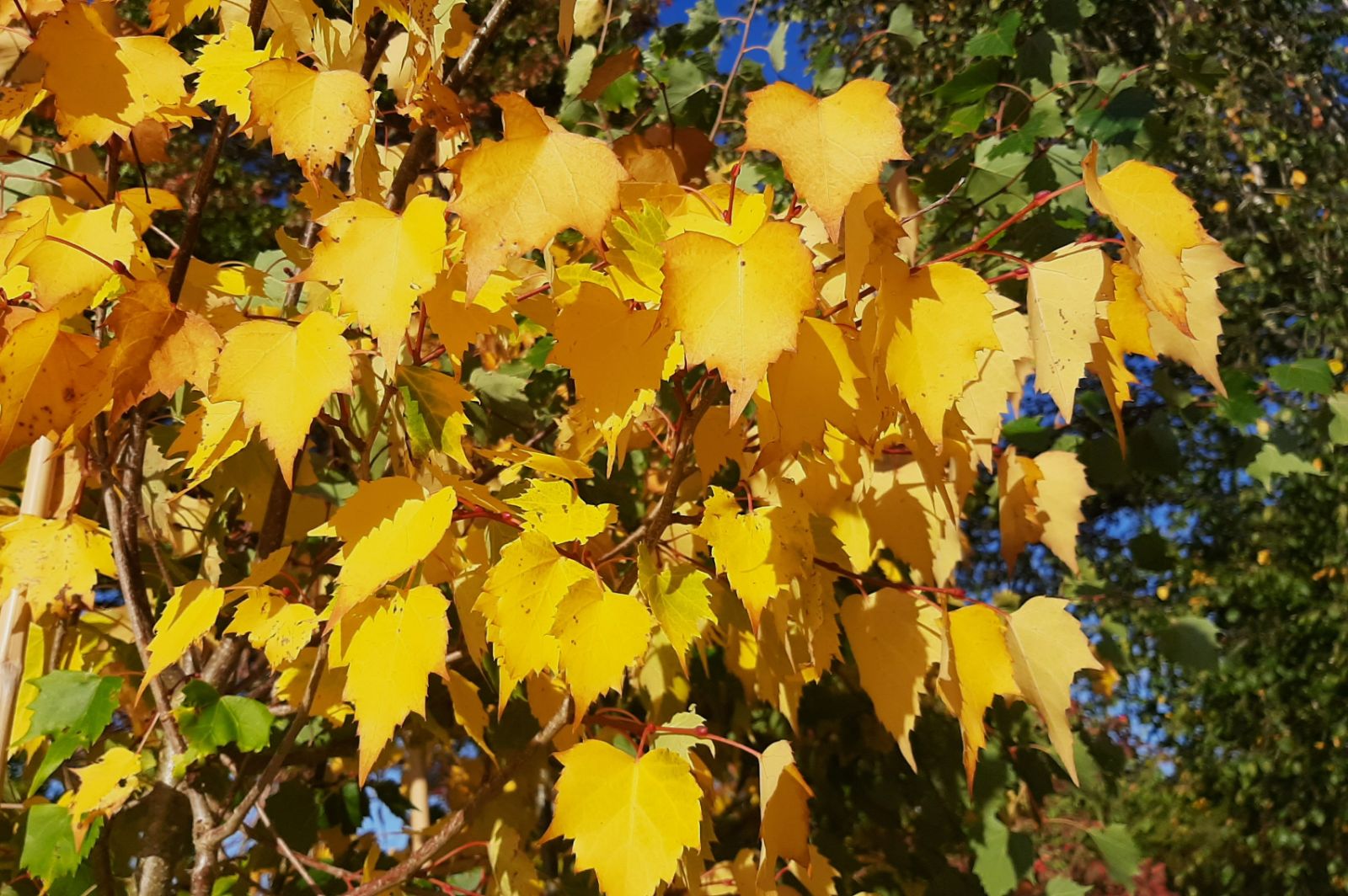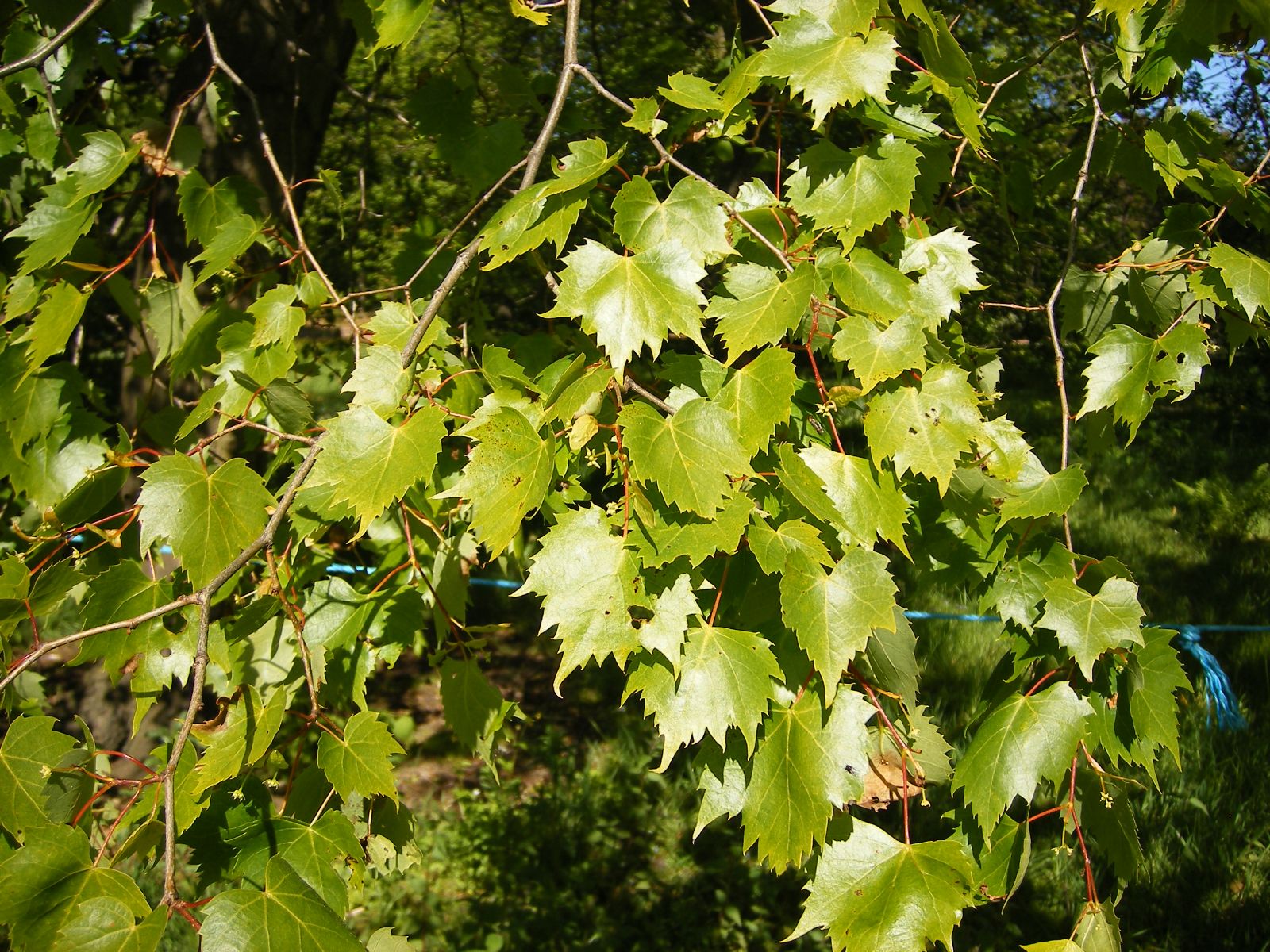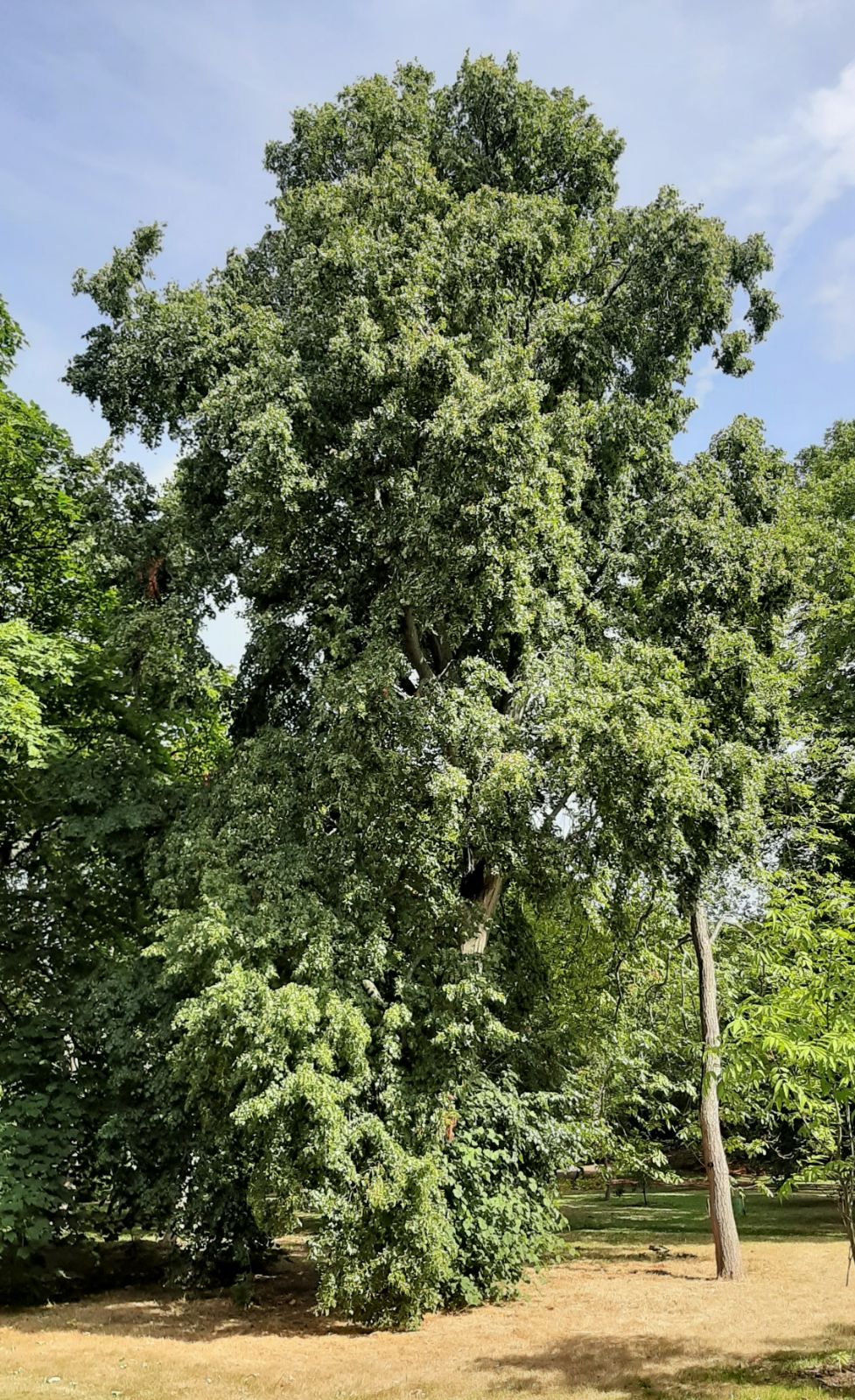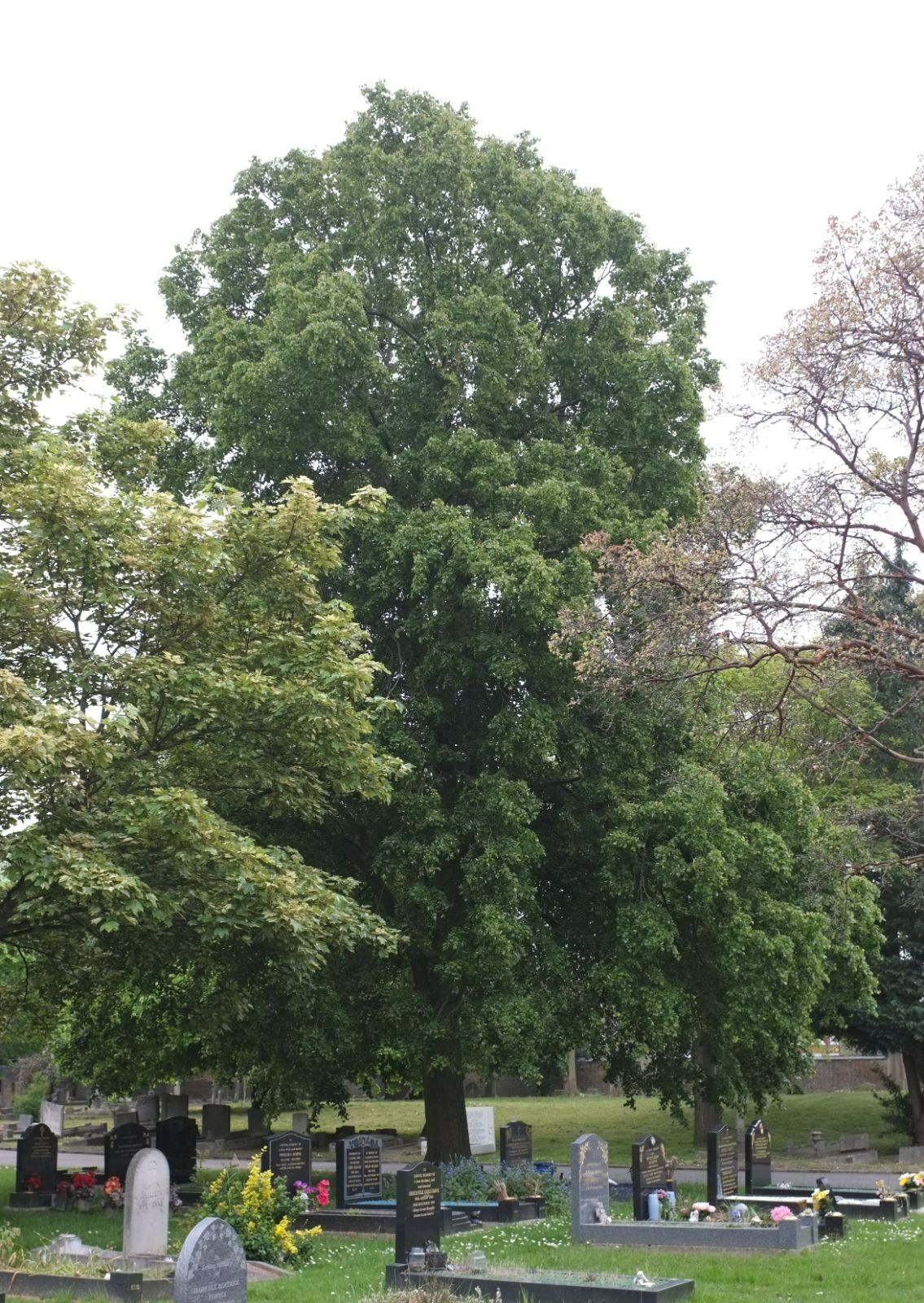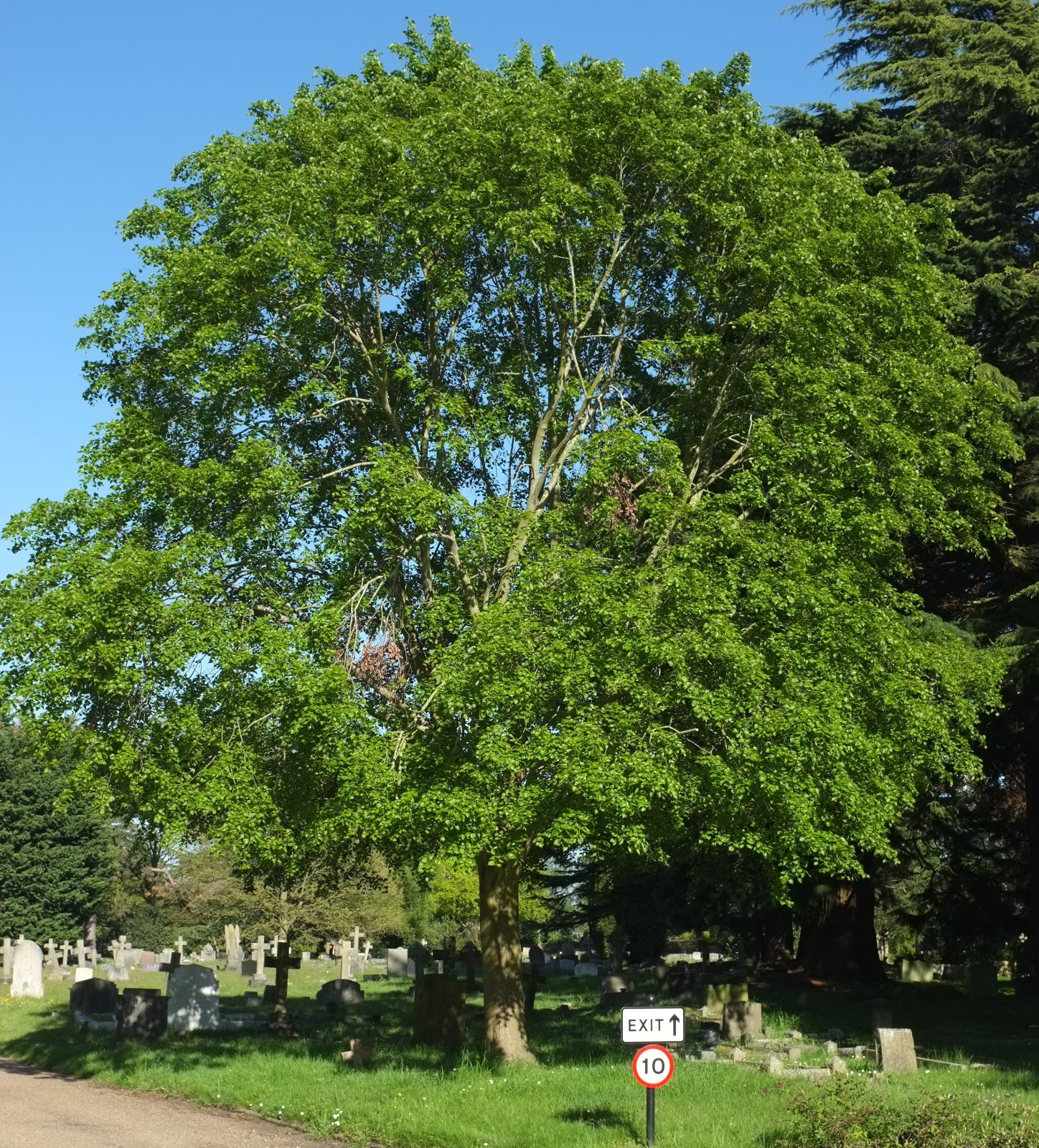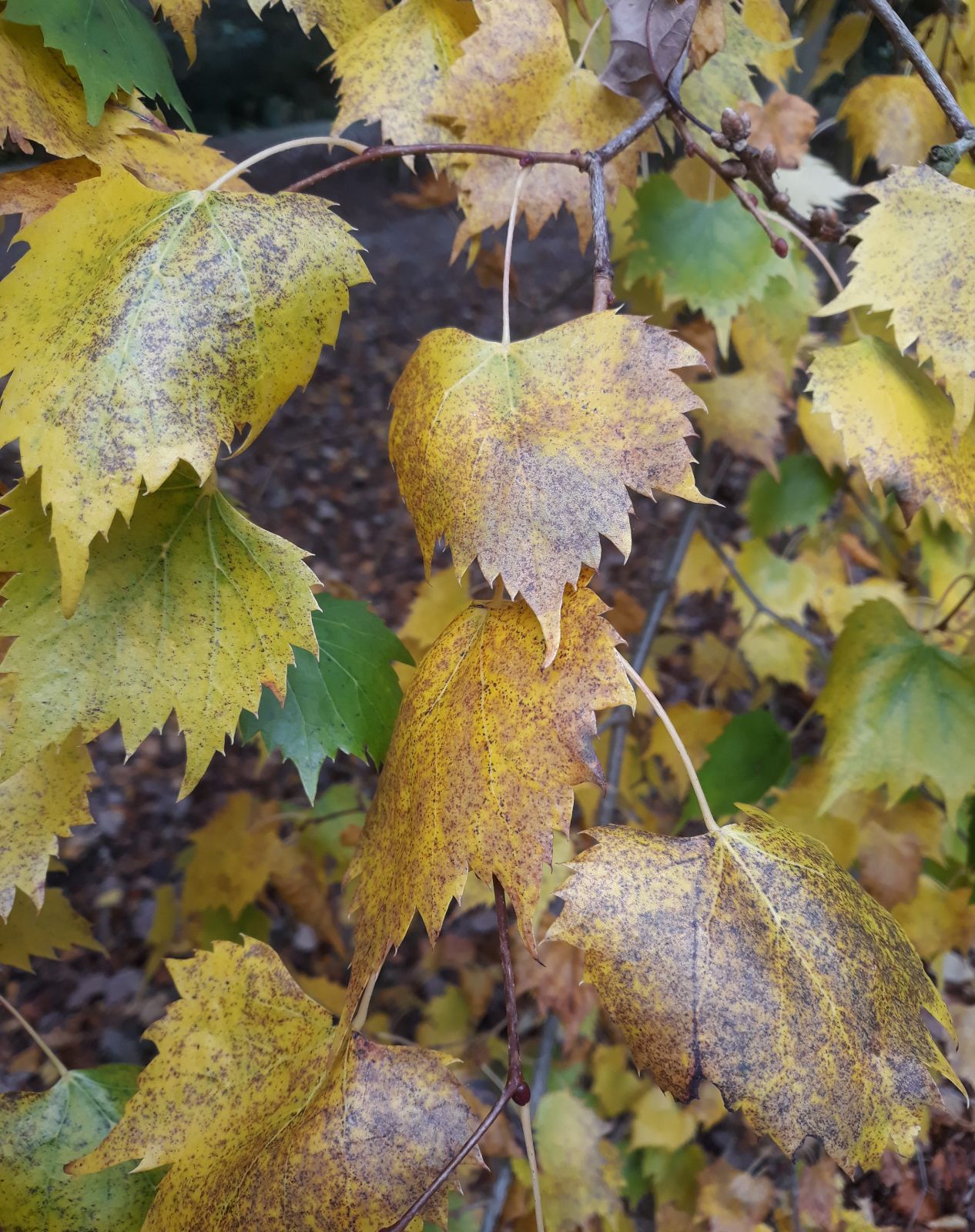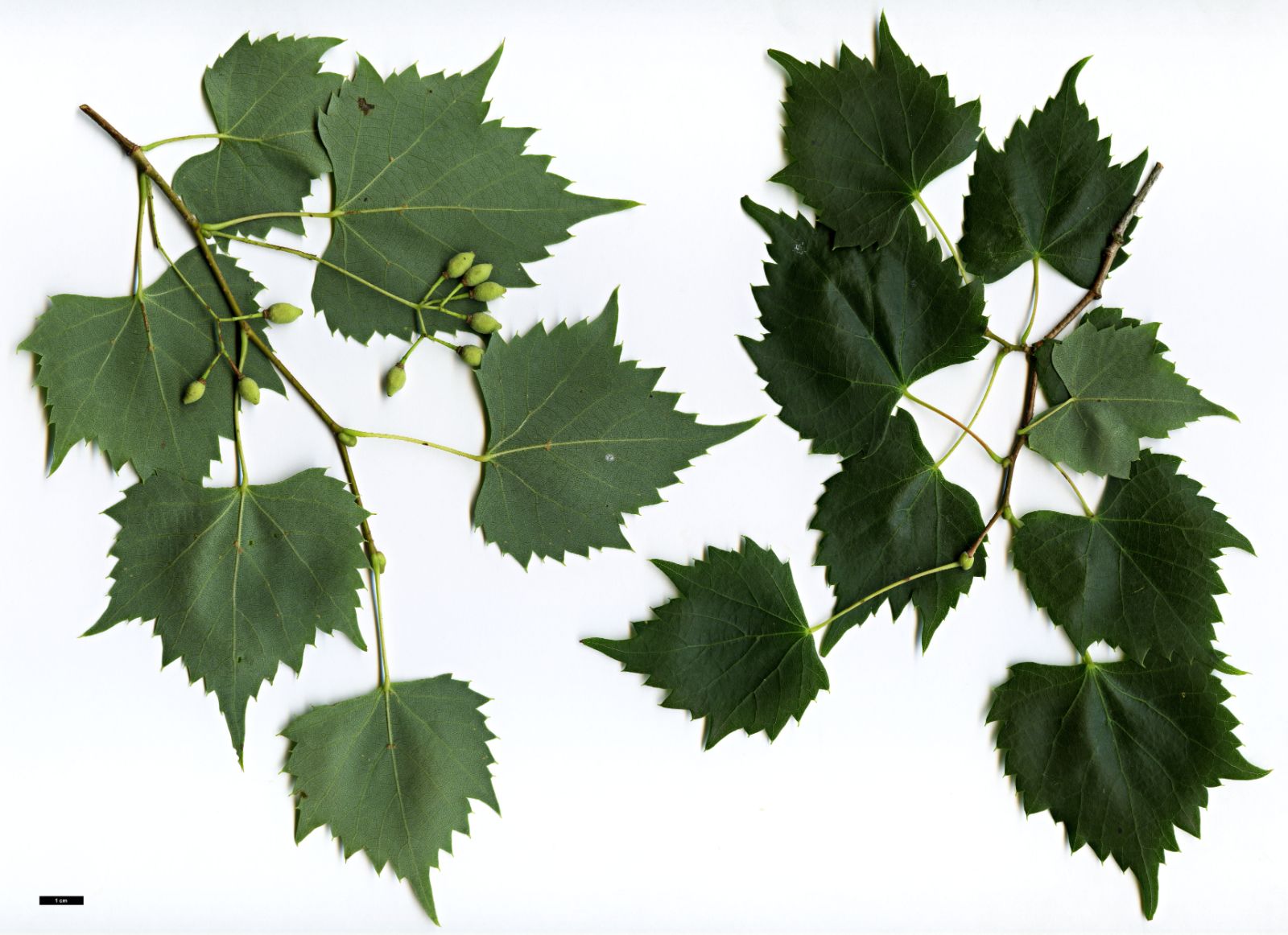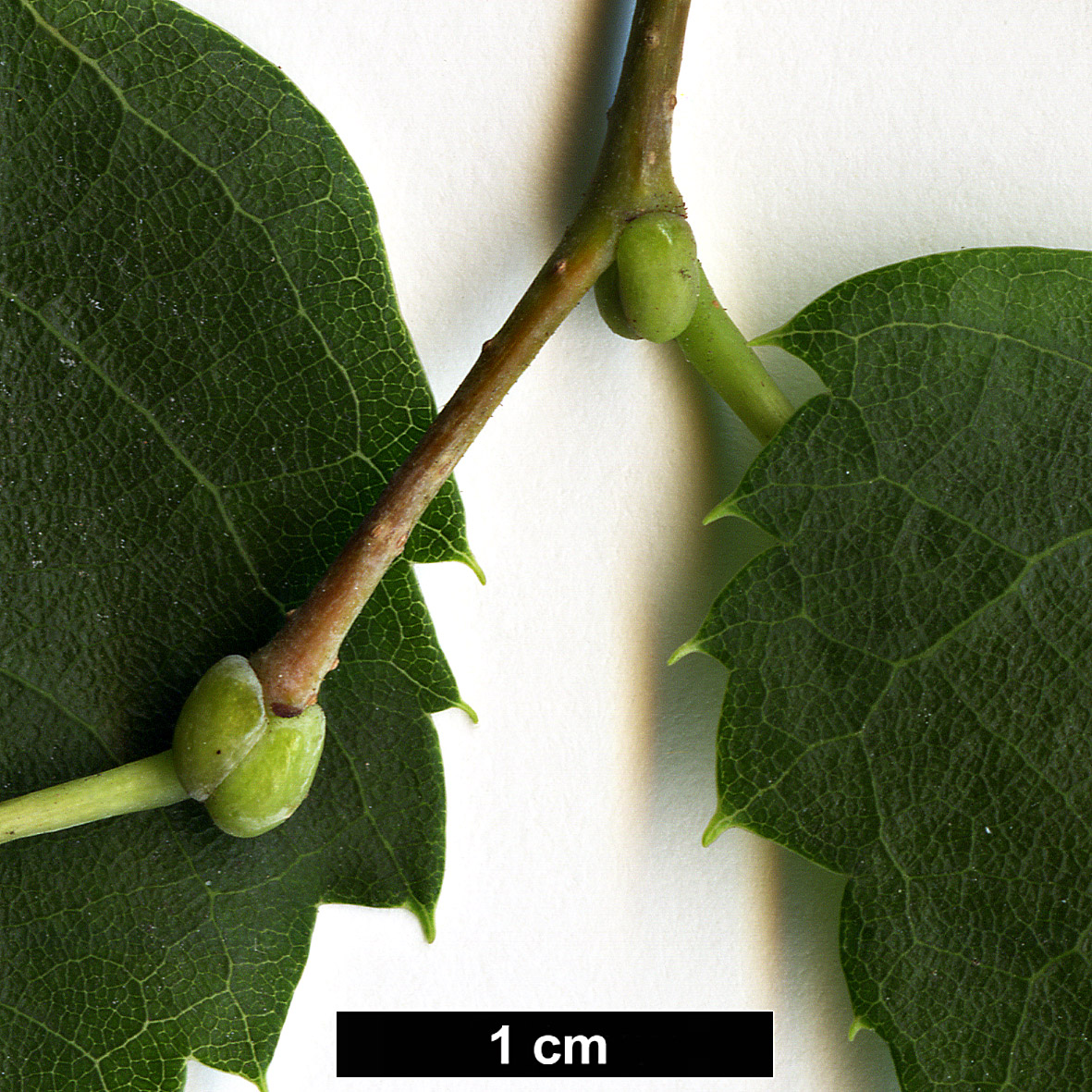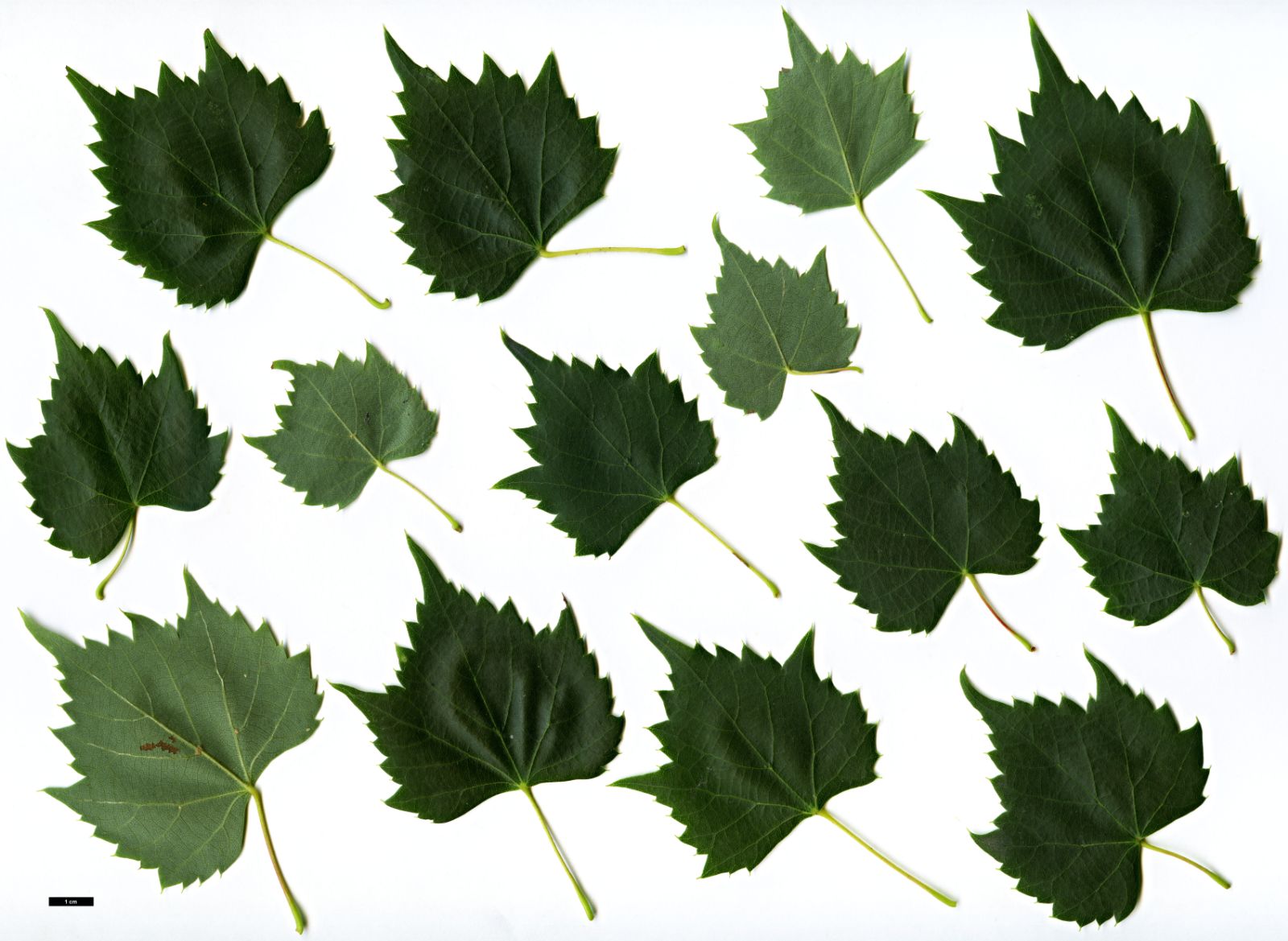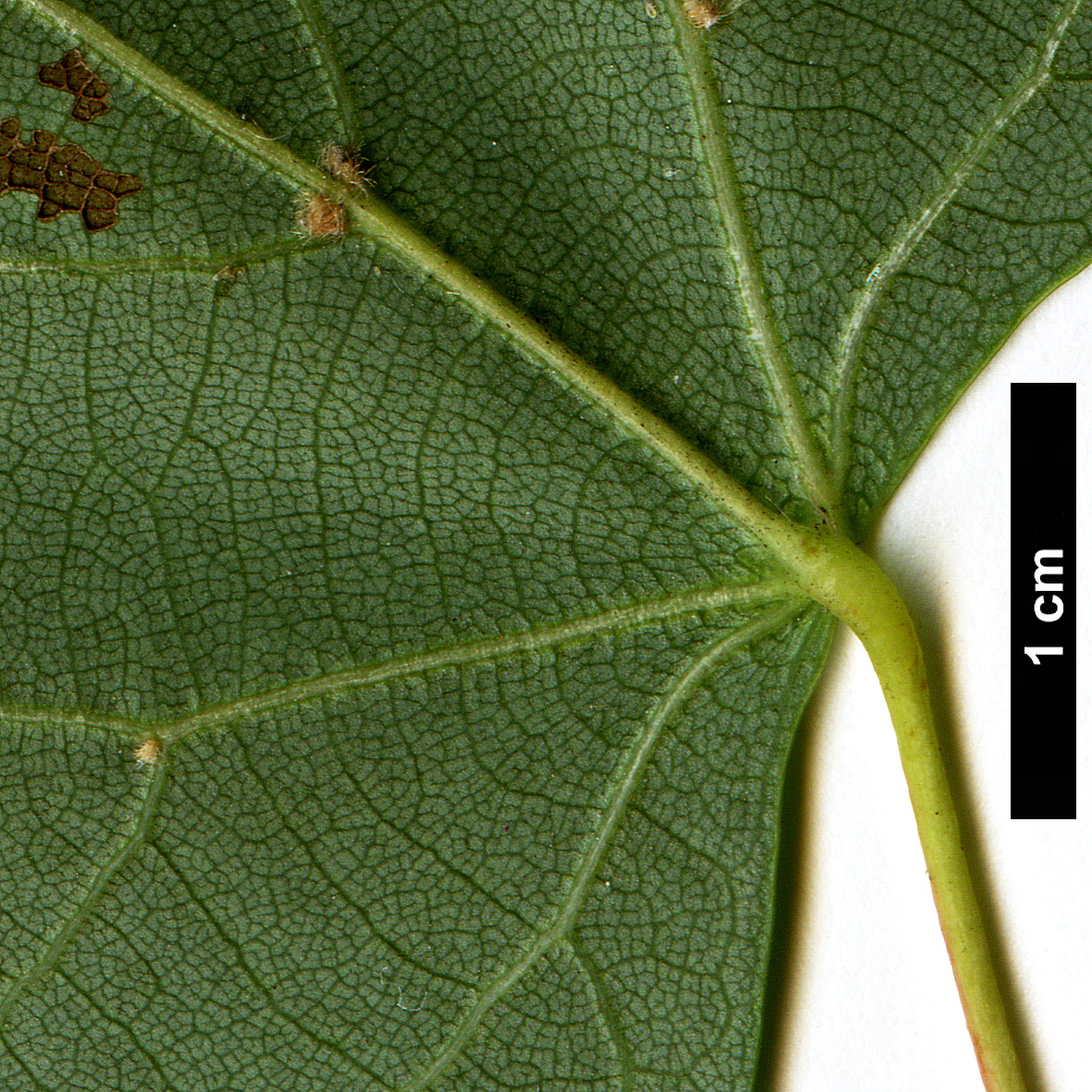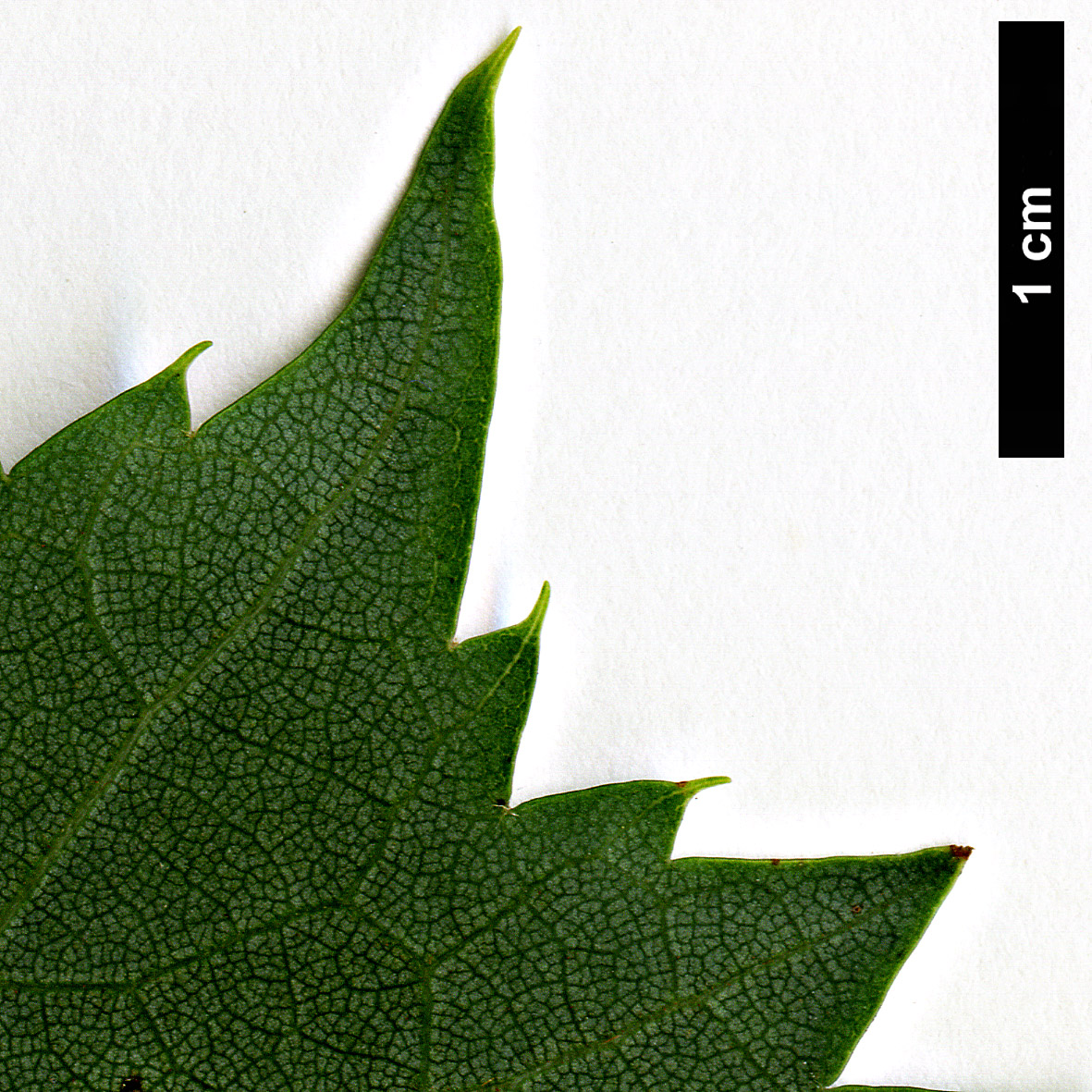Tilia mongolica
Sponsor
Kindly sponsored by
a member of the International Dendrology Society
Credits
Owen Johnson & Julian Sutton (2020)
Recommended citation
Johnson, O. & Sutton, J. (2020), 'Tilia mongolica' from the website Trees and Shrubs Online (treesandshrubsonline.
Genus
Common Names
- Mongolian Lime
Infraspecifics
Other taxa in genus
- Tilia americana
- Tilia amurensis
- Tilia callidonta
- Tilia chinensis
- Tilia chingiana
- Tilia concinna
- Tilia cordata
- Tilia dasystyla
- Tilia endochrysea
- Tilia × euchlora
- Tilia × europaea
- Tilia × flaccida
- Tilia × flavescens
- Tilia Hanwell Hybrids
- Tilia 'Harold Hillier'
- Tilia 'Harvest Gold'
- Tilia × haynaldiana
- Tilia henryana
- Tilia japonica
- Tilia × juranyana
- Tilia kiusiana
- Tilia mandshurica
- Tilia maximowicziana
- Tilia miqueliana
- Tilia nobilis
- Tilia × noziricola
- Tilia oliveri
- Tilia paucicostata
- Tilia platyphyllos
- Tilia tomentosa
- Tilia tuan
- Tilia 'Westonbirt Dainty'
Tree to 25 m. Bark grey, shallowly fissured after about 40 years. Twigs slender (1.7–2.5 mm thick), red in sun, glabrous. Buds usually with 2 exposed scales, smooth and hairless. Leaves 3.5–6.5 × 3.5–6 cm, deltoid; variably and jaggedly toothed and sometimes lobed; green beneath with small axillary tufts of red-brown hair. Floral bracts 3.5–7 × 0.5–1.5 cm, on long stalks (0.8–1.9 cm). Inflorescences held erect above the leaves; cymes branched 1–5 times, with 5–38 flowers. Staminodes present. Fruit 6–7 × 4–5 mm; surface smooth, with a very short brown tomentum; wall leathery, easily crushed (Tang et al. 2007; Pigott 2012).
Distribution China Hebei, Henan, W Liaoning, Nei Mongol, Shanxi North Korea Recorded from one site only
Habitat Woodlands, to 2000 m.
USDA Hardiness Zone 3
RHS Hardiness Rating H7
Conservation status Least concern (LC)
The vine-leaved form typical in cultivation makes Tilia mongolica one of the most recognisable of limes. This leaf-form does occur rarely in other species, including the closely-related T. cordata (the only other lime whose flower-heads stand above the foliage) and in T. amurensis subsp. taquetii from further north in eastern Asia (Pigott 2012). Some wild populations of T. mongolica have heart-shaped, regularly serrated leaves. In cultivation the Mongolian Lime is a pretty tree with dainty foliage, which turns yellow in autumn, showy flowers and often has a good habit – it should be planted much more frequently.
A member of Section Anastraea, T. mongolica was described in 1880 by Maximowicz, from a specimen collected in Inner Mongolia by the Polish-Russian geographical and biological explorer Nikołaj Przewalski, whose other discoveries include Przewalski’s Horse. It was introduced to the Jardin des Plants in Paris in 1880 by Emil Bretschneider, from where it reached Kew in 1904; William Purdom also introduced it to Veitch and Sons in Surrey from near Beijing in 1913 (Bean 1981).
Mongolian Lime grows well across Britain and more widely in Europe. Despite being native to areas with a continental climate, when grown in oceanic climates the buds break late and even when open tend not to be damaged by late frosts (Pigott 2012). A specimen at Thorp Perrow, North Yorkshire (a tree within the Lime Avenue planted in 1936) was measured at 22 m, dbh 67 cm in 2014. A tree also accessioned in 1936 at the Royal Botanic Garden Edinburgh, grafted at the base, was 16 m, dbh 59 cm in 2014 (Tree Register 2018). A tree planted in the Zuiderpark, Den Haag, Netherlands around 1926 was 17 m, dbh 67 cm in 2014, but has an ugly, high graft; another in the Bonn Botanic Garden was 16 m, dbh 39 cm in 2012 (monumentaltrees.com 2018). The oldest street trees seen by Owen Johnson in Britain are two probably dating from the 1960s in Shenfield Crescent, Essex. It is now quite widely sold in Britain as tall standards suitable for street planting.
Specimens are recorded in a few North American collections. There are several at the Arnold Arboretum, Massachusetts, the oldest dating from 1956 (59 cm dbh in 2019 – Arnold Arboretum 2020). It is also grown in the Pacific Northwest at the University of British Columbia Botanical Garden, Vancouver and in Washington Park, Seattle (University of British Columbia 2020; University of Washington Botanic Gardens 2020). It is likely to prove much more widely hardy.
'Buda'
‘Buda’, selected by the University of Budapest and offered commercially since about 2010 (van den Berk Nurseries 2020), has drooping outer shoots; Nick Macer notes that is has excellent yellow autumn colour (Pan-Global Plants 2020). It is increasingly available in Europe, promoted as an aphid-free street tree (van den Berk Nurseries 2020) or subject for pleaching (van Roessel Vormbomen (2020)). The North American ‘DurJake’ (Windancer™, ‘DurWeep’) also has drooping shoots (Hatch 2020).

